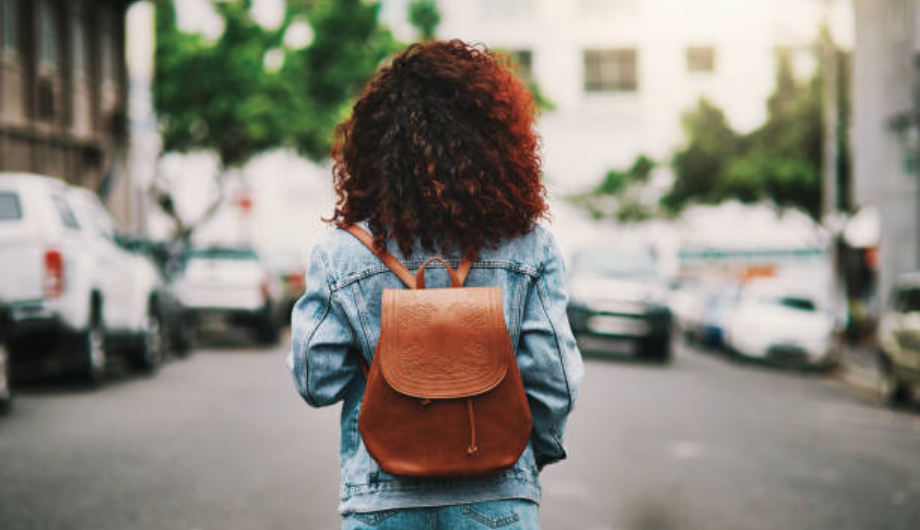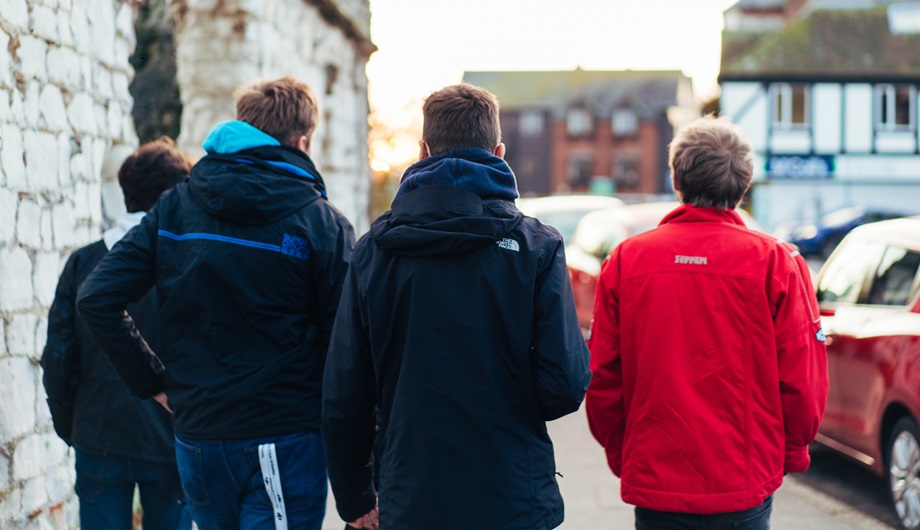
For girls to fulfil their potential, we need to understand the whole picture
Suzanne Jacob, SafeLives CEO, explains why we must understand the cumulative factors contributing to abuse and create early interventions for boys at risk to prevent harm
Yesterday was International Day for the Elimination of Violence against Women, and marked the start of 16 Days of Activism against Gender-Based Violence. We know that empowered and free, girls can live the lives they want; carving out careers and the economic independence to make their own decisions, loving who they want and how they want. And yet, in the UK, we’re obscuring our ability to help girls achieve this huge potential – often through our own very good intentions.
1.5 million girls (0 – 15 year olds) alive in the UK today will have their life chances undermined by an experience of domestic abuse as they reach adulthood. They will experience domestic abuse from an intimate partner, an experience that will affect their wellbeing, their safety and their freedom to be who they want. Someone who claims to love them will in fact deeply harm them.
One of the reasons abuse continues to be of epidemic proportions in our country is that we treat the causes, the abusive experience and the consequences as if they all happened in isolation. Schools and local authorities stagger under the weight of multiple strategies on girls’ safety and wellbeing, making it hard to understand how to coordinate and prioritise. And then – nothing. As girls reach the age of 16 or 17 they disappear from view, too ‘old’ for many support mechanisms but still deemed too young or unsuitable for others. Then we wait. We wait to see who emerges as an adult for whom individual issues – health, mental health, employment, housing – need to be fixed. If we took the time and did the work earlier to see the whole person, as her experiences begin to form around her, we would have a far greater chance of supporting her to live the life she chooses.
It’s time for comprehensive investment into research which explores how multiple experiences and factors, as they accumulate for a girl in early life, could contribute to – or prevent – an experience of abuse later on. By the same token, it’s long overdue that we examine in detail why some boys grow into the young and older men who use controlling, abusive behaviours in their closest relationships. For both, we need to better understand how early influences and experiences can be overturned or reinforced, so we stop harm from happening in the first place rather than responding long after it starts.
The identities and stories of 1.5 million girls are rich and varied. Building the right evidence base from research, practical frontline expertise, and the voices of girls and boys themselves, we can hugely improve the way we respond to domestic abuse.
In addition to this whole person, whole picture approach – which puts the individual at the centre of the response at the earliest stage, we need national, government-led policy on those most commonly using abuse. Boys are more likely to harm others and themselves, and are less likely to talk about it unless they have safe, appropriate spaces to do so. We urge the government, through its upcoming Domestic Abuse Bill, to create a response for those boys who are at risk of using abusive behaviours. It shouldn’t surprise any of us that there’s a strong correlation between the boys who do this and other harmful behaviour which can accompany it or follow. Yet boys are subject to just as many – if not more – separate strategies to address what might happen in their lives. Behaviour is much harder to change once it’s become embedded. It’s also impossible to change if we keep viewing boys as if one facet of their life or behaviour was somehow separate to all the others.
We need an overhaul in public understanding, so all of us can play our part. Domestic abuse doesn‘t respect postcodes, income or educational standards, just like it doesn’t sit in a neat little box in isolation from the rest of our lives. The actor David Amess, talking about playing a character who experienced abuse in a same-sex relationship, said that when he started to read about the dynamics of abuse, he realised it had been all around him his entire life. This is a common experience; when people begin to realise what abuse and its long-term impact look like, suddenly they start to notice the prevalence of it amongst their friends, family and colleagues.
Resources are tight. Every reason, then, for us to recognise how people’s experiences relate and overlap, particularly when it comes to abuse. If we see the whole girl, we give ourselves and her so much more chance of reducing opportunities for abuse to happen in the first place, and for her to reach all of that vast potential without the pain that can currently come along the way.
You may also be interested in


Young people and domestic abuse spotlight

